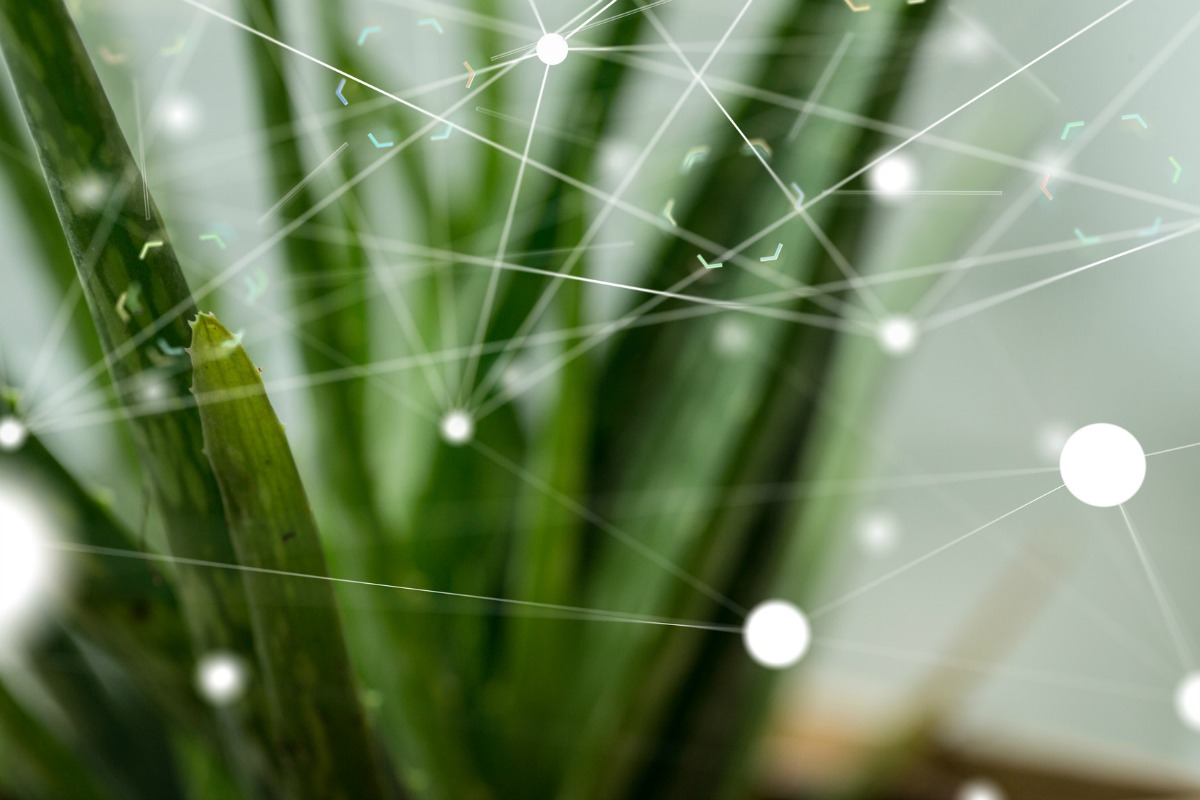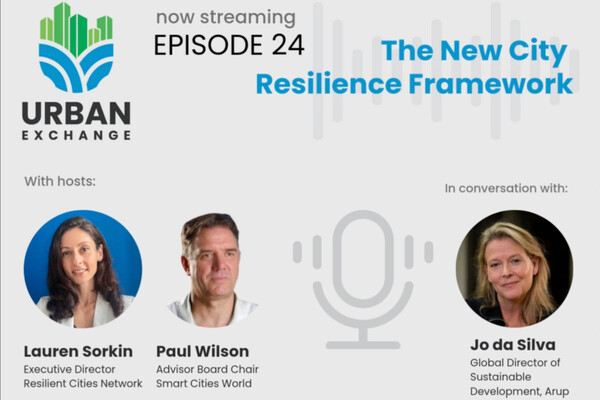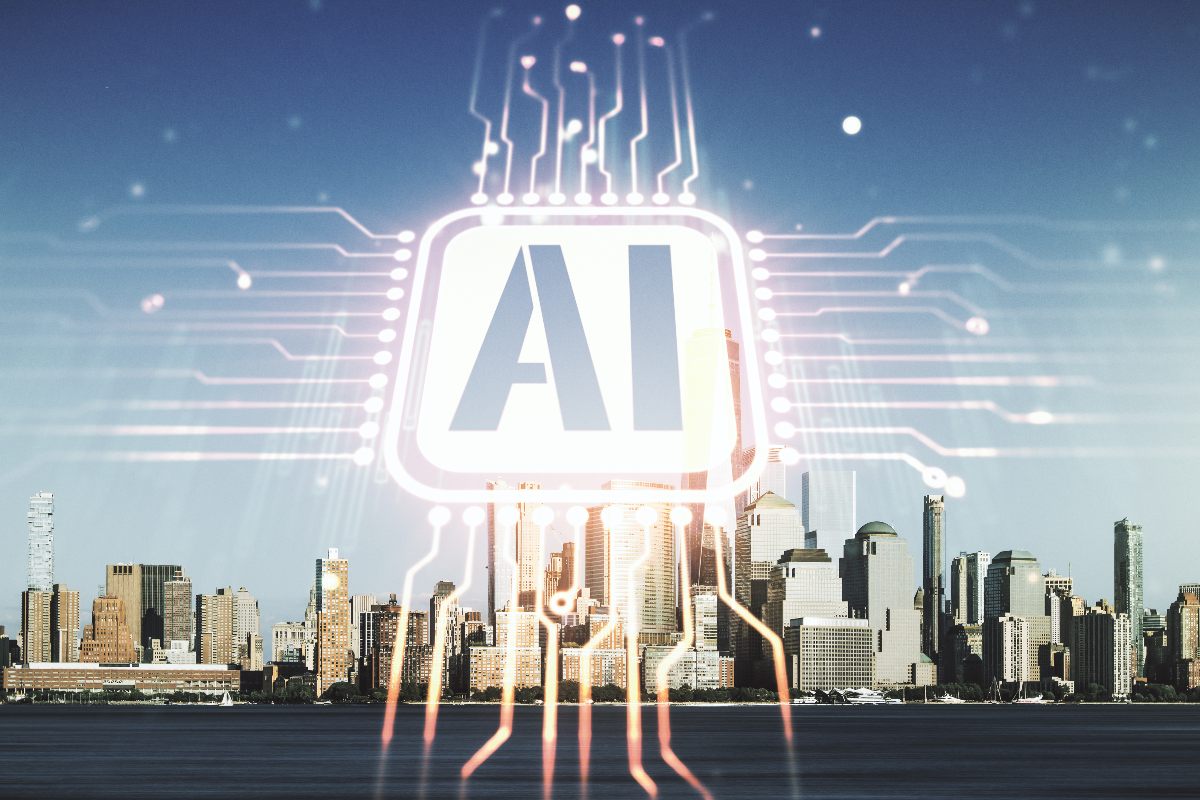Special Reports
SusHi Tech Tokyo 2024: experience ‘Tokyo 2050’ todaySponsored by The SusHi Tech Tokyo 2024 Showcase Program Executive Committee
The internet of things: connecting devices to save the planet, by Manfred Kube, Gemalto M2M, Germany
IoT is already impacting sustainability and outright support of the environment

Recent statistics have revealed that 2016 was the hottest year ever recorded on Earth, following 14 previous months which also broke their respective temperature records.
Conversations around climate change are no longer speculative, focusing instead on mitigating the damage already done and reducing any further impact we will have as a species on our environment.
With these concerns over climate change, consumers are also looking at rising utility prices and the availability of sustainable energy like solar, increasing the demand for conservation, pricing transparency and cost savings. With that in mind, the latest technological innovations could hold the key to minimising our impact on our surroundings and improving our quality of living.
One such innovation is the Internet of Things (IoT) and the wireless transfer of data and information between machines and objects. Though still a relatively new technology, IoT is already impacting sustainability and outright support of the environment.
Gartner is predicting that by 2020 there will be 20.8 billion connected devices on the market globally. With such a monumental growth of devices exchanging data and information, the ways that we can harness this technology to help protect our planet increases. From monitoring household energy consumption to identifying areas at risk of deforestation, the IoT can assist governments and environmentalists in tracking harmful trends across our most at risk ecosystems, as well as help reduce domestic energy consumption and waste.
The most common usage of IoT in protecting the environment involves smart home systems. These provide homeowners with convenience, comfort and the ability to manage consumption through connected devices.
A good example of this is the Honeywell connected thermostat. The Honeywell system is able to communicate with geo-location enabled mobile devices to determine when to turn central heating on or off, saving on wasted energy. Users are able to set it up so that, when the last family member leaves home, the heating is set to “economy mode” and when the first family member gets close to home it turns up the heating again – all done automatically.
Smart energy solutions like this provide real time visibility into consumption and billing data, helping consumers to conserve resources, while energy and utility companies are better able to balance production to meet actual demand reducing brownouts and other potential issues. These smart systems also enable operational efficiencies that require fewer service visits to measure meters, resulting in reduced labour costs, the benefits of which can be passed on to consumers.
The chief environmental effect of these technologies is that they reduce energy consumption in our households, helping to lessen our contributions to climate change.
Utilising IoT to minimise the environmental impact of our homes is just scratching the surface. Where IoT really begins to show its potential is in the application of machine-to-machine (M2M) technologies to deal with some of world’s most severe agricultural and environmental issues.
Of course, environmentalists have been discussing the ways they can utilise the IoT to help protect the environment since its inception. Now that the number of IoT devices has increased, and the hardware behind them has become refined, there are a number of environmental projects underway. One of these is Gemalto’s partnership with Cargo Tracck to develop a device which tracks when trees in the Amazon rainforest are moving. The device helps to identify illegal logging operations and supports South American governments in shutting them down and preventing deforestation.
The initiative sees trees in a protected area of the Amazon fitted with a cellular communications device called Invisible Tracck. Invisible Tracck features a communications module that sends an alert to the Cargo Tracck operations center with its location whenever it is within 20 miles of a cellular network base station. The initial test involved 20 strategically placed devices and resulted in several arrests and the closure of one illegal sawmill. The project is a great example of how M2M technology can be applied in the most creative of ways to efficiently address real-world problems.
The potential of IoT technology to help society improve the environmental health of our planet is huge – we’re even seeing devices such as smart dashboard monitors for connected cars helping to manage fuel consumption and thus emissions. Alongside these types of projects in development to help monitor and prevent environmental damage, M2M communication is offering conservationists the opportunity to foresee environmental threats far earlier than ever before and take adequate measures to avoid them.
These types of initiatives are proof that the IoT is already driving a number of vitally important environmental projects. The IoT presents businesses, policy makers, environmental organisations and others with an immense opportunity to develop smarter and far more ecologically beneficial solutions.
The strength of IoT stems from its accessibility as much as its technological advancements. With so many devices set to be on the market, consumers will become increasingly familiar with how the technology can help reduce our damage to the environment. Starting small, with products like the Hive, consumers will begin to adopt increasingly more energy and environment saving products. Through this, it will become easier to focus on not just improving our own quality of life through technology, but that of our planet.
Manfred Kube is head of M2M Segment Marketing and Director Business Development mHealth at Gemalto M2M, based in Germany. Crazy about the latest mobile gadgets and the Internet of things and convinced that secure wirelessly enabled devices can help assist with chronic care management, ambient assisted living, fitness and wellness monitoring, and more.
If you liked this, you might be interested in the following:
Germalto teams with Huawei to boost IoT ecosystem
Partnership will help accelerate service roll-out and increase revenue for businesses looking to adopt enterprise or consumer IoT applications
smartcitiesworld.net/news/news/gemalto-teams-with-huawei-to-boost-iot-ecosystem-1154
Connecting the smart city: LoRa, Li-Fi and 5G, by Gemalto’s Paul Bradley
The mobile internet as we know it, even in its current ‘fourth generation’ (4G) stage, was not built for IoT
smartcitiesworld.net/opinions/opinions/connecting-the-smart-city-lora-li-fi-and-5g-by-gemaltos-paul-bradley

















